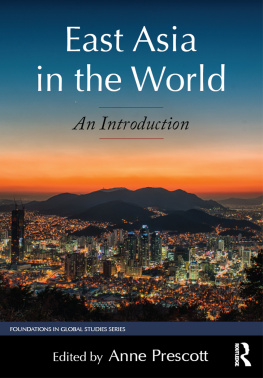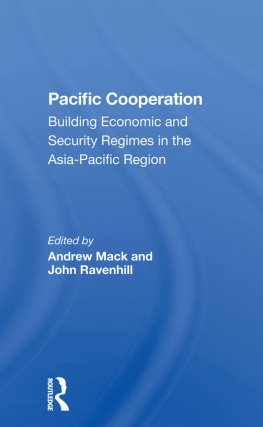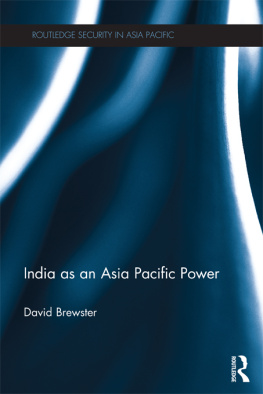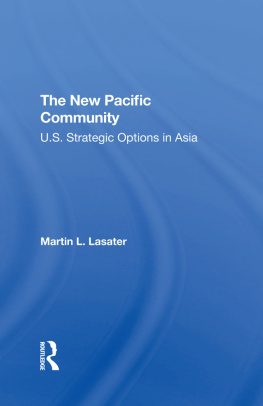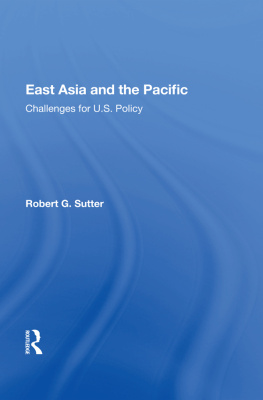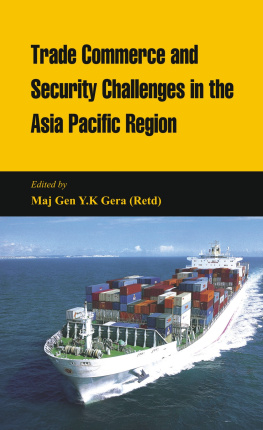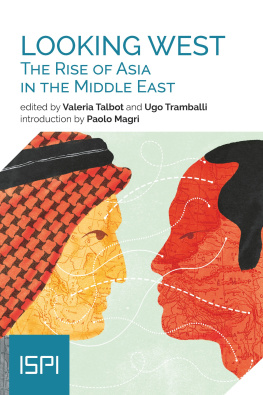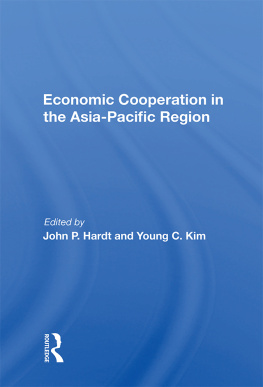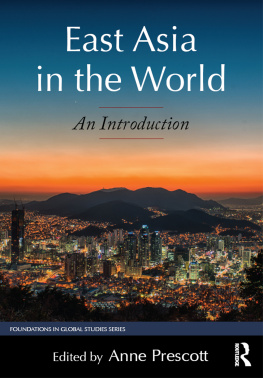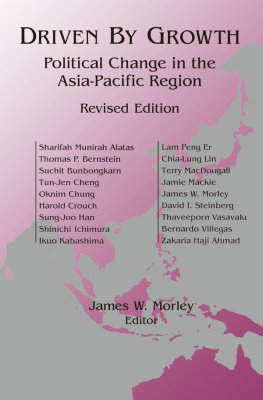Economic Opportunities for Women in the East Asia and Pacific Region
Economic Opportunities for Women in the East Asia and Pacific Region
Amanda Ellis, Daniel Kirkwood, and Dhruv Malhotra

2010 The International Bank for Reconstruction and Development / The World Bank
1818 H Street NW
Washington DC 20433
Telephone: 202-473-1000
Internet: www.worldbank.org
E-mail:
All rights reserved
1 2 3 4 13 12 11 10
This volume is a product of the staff of the International Bank for Reconstruction and Development / The World Bank. The findings, interpretations, and conclusions expressed in this volume do not necessarily reflect the views of the Executive Directors of The World Bank or the governments they represent.
The World Bank does not guarantee the accuracy of the data included in this work. The boundaries, colors, denominations, and other information shown on any map in this work do not imply any judgement on the part of The World Bank concerning the legal status of any territory or the endorsement or acceptance of such boundaries.
Rights and Permissions
The material in this publication is copyrighted. Copying and/or transmitting portions or all of this work without permission may be a violation of applicable law. The International Bank for Reconstruction and Development / The World Bank encourages dissemination of its work and will normally grant permission to reproduce portions of the work promptly.
For permission to photocopy or reprint any part of this work, please send a request with complete information to the Copyright Clearance Center Inc., 222 Rosewood Drive, Danvers, MA 01923, USA; telephone: 978-750-8400; fax: 978-750-4470; Internet: www.copyright.com.
All other queries on rights and licenses, including subsidiary rights, should be addressed to the Office of the Publisher, The World Bank, 1818 H Street NW, Washington, DC 20433, USA; fax: 202-522-2422; e-mail: .
ISBN: 978-0-8213-8300-1
eISBN: 978-0-8213-8308-7
DOI: 10.1596/978-0-8213-8300-1
The Library of Congress Cataloging-in-Publication data has been applied for.
Cover photo: Curt Carnemark/World Bank
Cover design: Naylor Design, Washington, DC
Foreword
East Asia and the Pacific is a region of dynamic growth. Women have contributed significantly to this growth and have benefited from it through active participation in the labor market. However, women are still disproportionately represented in the informal sector and in low paid work. Efforts to identify barriers to womens business and entrepreneurial activities in the region are critical not only to facilitate inclusive growth in a national context but also to counter the increasing trend of female migratory flows in the region.
Highlighting both the challenges and the economic opportunities for businesswomen in the region offers some useful potential pointers for reform.
James Adams
Vice President
East Asia and the Pacific
World Bank
Acknowledgments
Economic Opportunities for Women in the East Asia and Pacific Region was prepared by a team led by Amanda Ellis and comprising Daniel Kirkwood and Dhruv Malhotra. Nina Bhatt, Beth Delaney, Mary Hallward-Driemeier, Maria Beatriz Orlando, and Cindy Wiryakusuma provided valuable comments and suggestions as peer reviewers. Gillian Brown, Gabriela Byrde, Roger Coma-Cunill, Simeon Djankov, Alfons Eiligmann, Marie-Claude Frauenrath, Stephane Guimbert, Meg Jones, Prince Pheanuroth Sisowath, and Hans Shrader provided helpful advice on the gender dimensions of the legal and regulatory framework in the countries reviewed.
For more information on the World Banks work on gender, visit www.worldbank.org/gender.
Abbreviations
| ACE | Action Community for Entrepreneurship (Singapore) |
| ADB | Asian Development Bank |
| APEC | Asia-Pacific Economic Cooperation |
| ASEAN | Association of Southeast Asian Nations |
| CEDAW | Convention on the Elimination of All Forms of Discrimination Against Women |
| EIU | Economist Intelligence Unit (of The Economist) |
| EOCFW | Employer of Choice for Women (Australia) |
| EOWA | Equal Opportunity for Women in the Workplace Agency (Australia) |
| EPZ | export processing zone |
| GDP | gross domestic product |
| GNI | gross national income |
| HREOC | Human Rights and Equal Opportunity Commission (Australia) |
| ICA | investment climate assessment |
| IFC | International Finance Corporation |
| ILO | International Labour Organization |
| ITC | International Trade Centre |
| LDC | least developed country |
| LTC | Land Tenure Certificate |
| OECD | Organisation for Economic Co-operation and Development |
| SME | small and medium enterprise |
| SOE | state-owned enterprise |
| UNESCAP | United Nations Economic and Social Commission for Asia and the Pacific |
| WTO | World Trade Organization |
CHAPTER 1
Overview
A considerable body of international evidence now suggests that gender equality matters for economic growth and that gender inequality can exact substantial costs in terms of lost growth ( shows.
The gender-growth nexus is increasingly being recognized by the private sector, too, both in terms of its own operations and as a macroeconomic relationship. According to analysis by global investment bank Goldman Sachs, closing the employment gender gap in the BRIC countries (Brazil, the Russian Federation, India, and China) and in the next-11, or N-11, countries (the Arab Republic of Egypt, Bangladesh, Indonesia, the Islamic Republic of Iran, Mexico, Nigeria, Pakistan, the Philippines, the Republic of Korea, Turkey, and Vietnam) could push per capita incomes 14 percent higher than current projections by 2020 and 20 percent higher by 2030 (). As Goldman Sachs chief executive Lloyd Blankfein stated, We are disciplined in our investments, and when you get to the topic of trying to invest and create GDP, there is no better or more efficient investmentno lower hanging fruit in the world to pickthan the investment you make in women.
Figure 1.1 Poverty Headcount vs. Relative Female Human Development, 1997 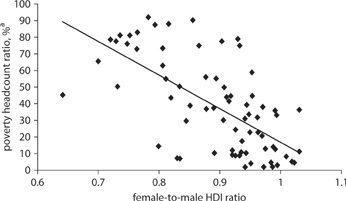
Source: . Note: Scatter plot for 73 developing countries. Poverty headcount ratio statistics are based on the international poverty line of $2.16 per day (1993 PPP $) and are obtained from the World Banks World Development Indicators database. Male and female HDIs for 1997 were calculated using data from the 1999 HDR statistical database. See for the formula to obtain the gender-specific HDIs. When the poverty headcount ratio statistic for a given country is unavailable for 1997, the closest year to 1997 with available data (in the 19982003 period) is used. R2 = 0.4287; HDI = Human Development Index; PPP = purchasing power parity; HDR = Human Development Report. |



